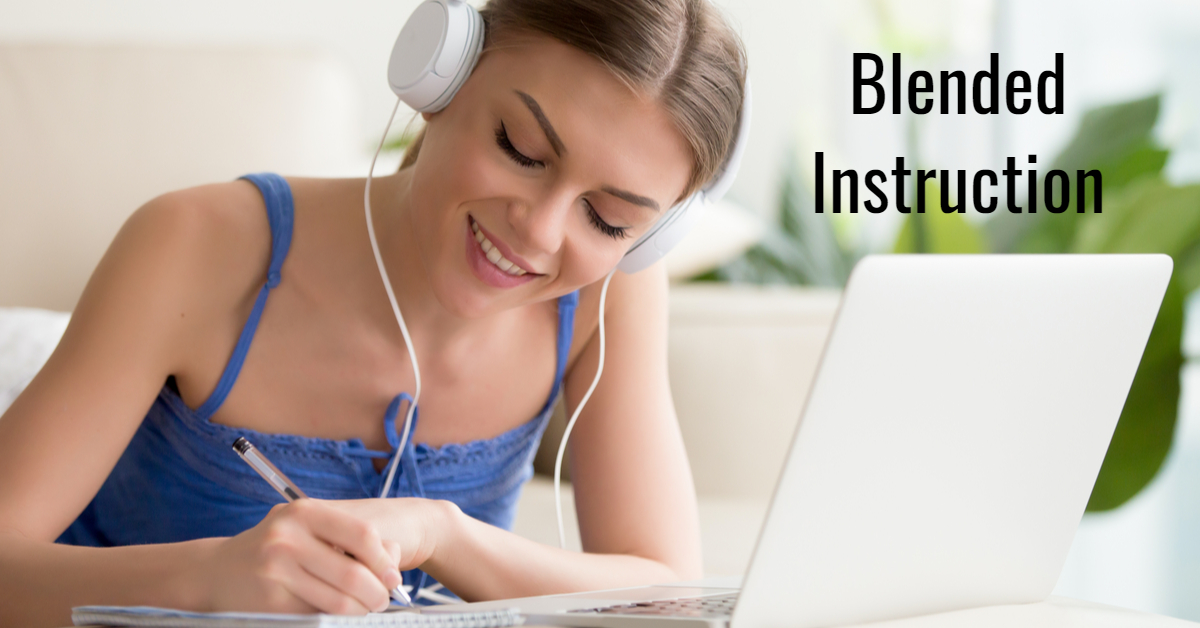The conversation began at the faculty room water cooler 10 years ago. Actually, it did! A colleague asked if I’d read much about blended learning as a teaching strategy. She shared a link to a blog that provided a brief report on how one teacher in an innovative school was coaching her students to select their own timing, location, and pathways to learning in a high school social studies class as she combined traditional classroom instruction with self-paced and independent online lessons. Intrigued, I searched further for more examples of blended classrooms and soon discovered a trove of resources and best practices. Motivation followed intrigue. Would online lessons be acceptable at my school? Could I beta test a blended format with an AP European History class — surely they are motivated enough to handle the independent work, right? Should I give that much agency to sophomores? What if they are distracted while on the internet? Would students be productive and successful without my presence in the room? How will we take attendance if students don’t come to class every day? (I sense there’s a chorus of chuckling educators in the audience about now.)
The Clayton Christensen Institute was…

